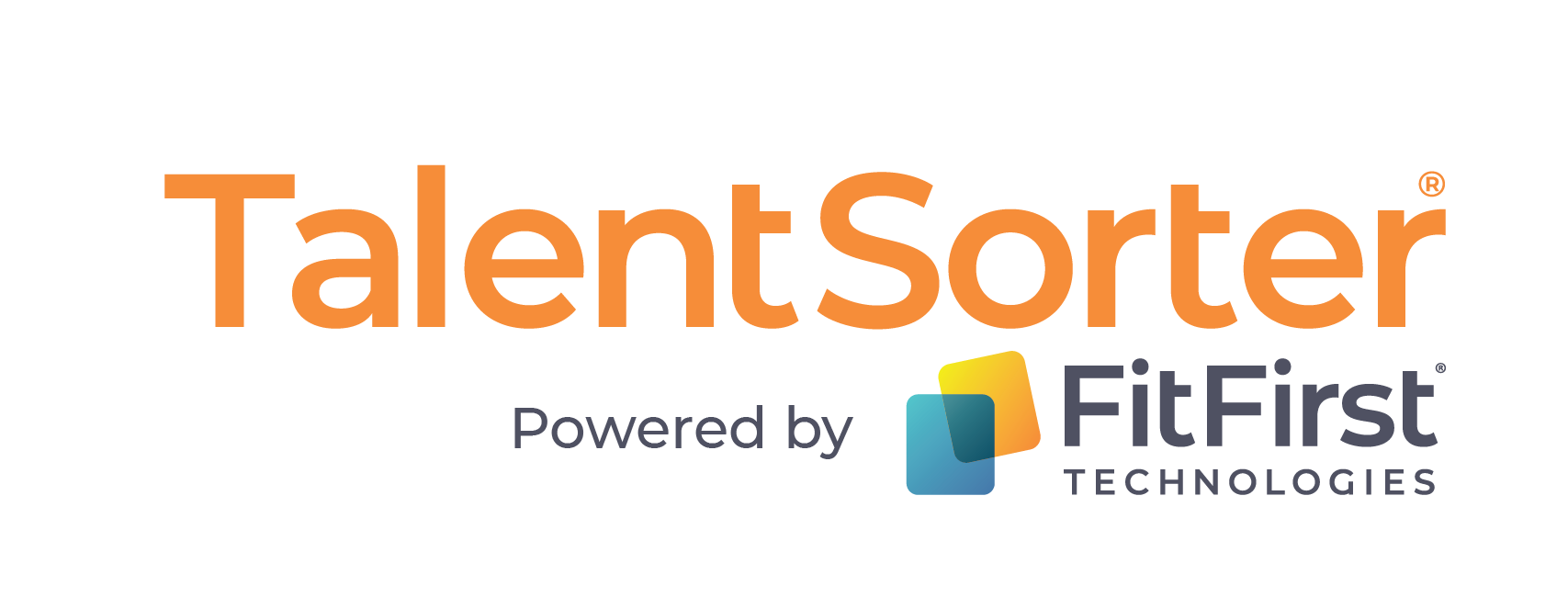When it comes to attracting and keeping the best talent there’s no doubt about it: hiring for fit first can increase productivity, reduce employee turnover and boost your bottom line.
But when it comes to creating a successful team that is a real asset to your business, hiring the right candidate is only half the equation.
How you integrate new hires into your staff and their new roles within your company is important as the recruiting process itself.
Onboarding vs orientation
On a typical first day most new employees fill out some paperwork, have a tour of the office space, meet a few co-workers, and perhaps receive a copy of the human resources handbook.
While all this information – especially the location of the bathrooms and the coffee maker – are important, this basic orientation process should not be confused with onboarding.
According to the Society for Human Resource Management, the onboarding process can take as long as 12 months to complete.
Effective onboarding should acclimate the new employee to allow him or her to become a contributing member of the staff in the briefest period possible, while engaging the employee to enhance productivity and improve the opportunity for the company to retain the employee.
The high cost of onboarding done wrong
A good onboarding experience is the difference between setting your staff up for success or leaving them to struggle on their own.
In a survey from BambooHR, 17% of the respondents reported quitting a job between their first week and third month of work. Their reasons for leaving included:
- 23% – didn’t receive clear guidelines for their responsibilities and desired better training.
- 12% – wanted more recognition for their unique contributions.
- 9% – wanted more attention from management or other employees.
- 7% – other co-workers weren’t friendly or helpful.
4 top tips for better onboarding
1. Have a written plan
Commit to mapping out your onboarding process in writing. Take time to decide and document exactly what the process should entail.
Having a written framework to guide you helps all participants in the process stay on the same page, ensures essential steps don’t get missed, and provides consistency for future hires.
2. Take your time
It’s tempting to throw new employees right into the deep end, especially when the position has been vacant for a while. Don’t.
Introduce new tasks and concepts one at a time and allow the employee sufficient time to master them before adding new responsibilities. Think of the onboarding process as a marathon, not a sprint.
Nobody benefits if new hires feel burnt out after the first week.
3. Train your current employees in the onboarding process
Designate one of two key staff members to oversee the onboarding process and offer them appropriate training and guidance.
Establish guidelines, provide clear expectations and set achievable benchmarks.
4. Keeping focusing on fit
Focusing on fit during the hiring process helped you find and attract the candidate who best fit your position.
Now focus on helping the employee understand your corporate values, the atmosphere you strive to create at work, and how they can most comfortably fit in with your culture, staff and clients to ensure they succeed in their new role.

